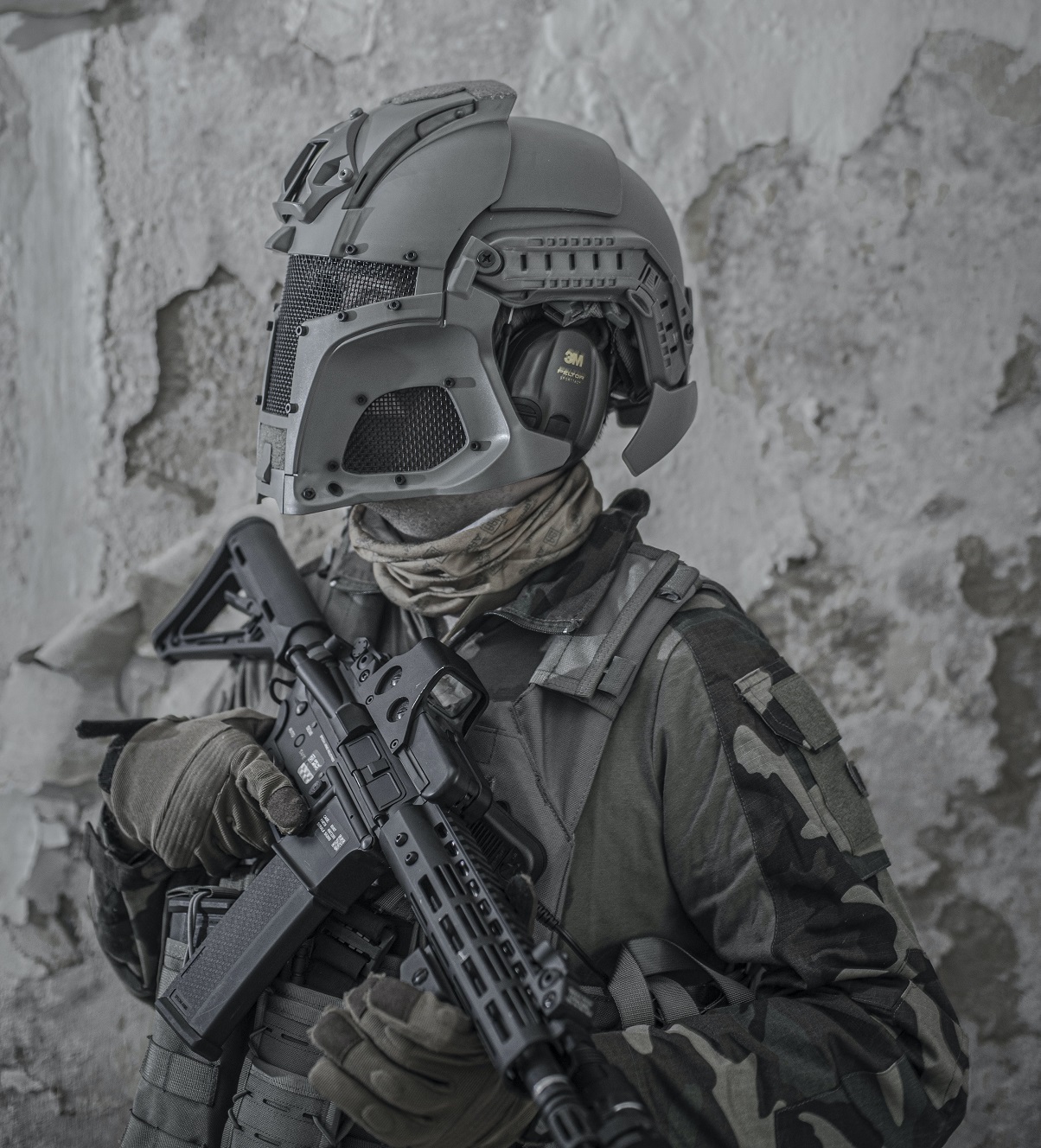Why Plate Armor was Abandoned in the 18th Century

Infantrymen in ancient Greece wore a bronze cuirass, greaves (leg armor) that reached below the knee, and a thick helmet. A Roman legionary’s cylindrical cuirass was fashioned from four to seven horizontal hoops of steel, and it had lacing at the front and rear. Shoulder protection came in the form of several vertical hoops that buckled to the sides of the cuirass near the neck.
In western Europe during the Middle Ages, it seems unlikely that people wore plate armor other than helmets. When it came to protecting one’s body and limbs in the 12th and 13th centuries, mail was the standard. The head and neck were protected by mail hoods, while mail leggings protected the legs. Mail, on the other hand, lacked the plate armor’s solid glancing surface, and so it was quickly replaced once the latter was made responsive to the body’s movements through inventive manufacture. Thus, steel plate armor gradually replaced mail throughout the 14th century, first with patchwork modifications to the knees, elbows, and shins and then with a fully articulated covering. Around 1510, the Germans developed a full suit of metal armor with movable joints that covered the wearer from head to toe; the only openings were a slit for the eyes and a few small holes in the forged metal helmet. Royal and noblemen’s armor suits were often decorated lavishly with gilding, etching, and embossing.
Plate armor was mainly abandoned in favor of better mobility when it got thickened and heavy due to advances in handguns in the 16th and 17th centuries. In the 17th century, cuirasses and helmets were still used, but plate armor had mostly fallen out of favor by the 18th due to its high price, poor performance against modern weapons, and cumbersome size and weight.
For more articles, please click here.